 W
WWomen currently make up 17.9% of the ADF workforce. Women have served in Australian armed forces since 1899. Until World War II women were restricted to the Australian Army Nursing Service. This role expanded in 1941–42 when the Royal Australian Navy (RAN), Australian Army and Royal Australian Air Force established female branches in which women took on a range of support roles. While these organisations were disbanded at the end of the war, they were reestablished in 1950 as part of the military's permanent structure. Women were integrated into the services during the late 1970s and early 1980s, but were not allowed to apply for combat roles until 2013. Women can now serve in all positions in the Australian Defence Force (ADF), including the special forces.
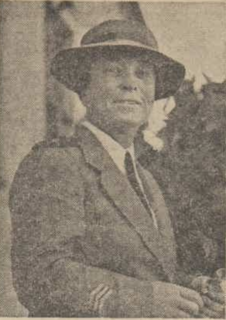 W
WJoan Stevenson (Judy) Abbott was an Australian World War II army hospital matron.
 W
WAustralian women during World War II played a larger role than they had during World War I.
 W
WMary Teston Luis Bell was an Australian aviator and founding leader of the Women's Air Training Corps (WATC), a volunteer organisation that provided support to the Royal Australian Air Force (RAAF) during World War II. She later helped establish the Women's Auxiliary Australian Air Force (WAAAF), the first and largest women's wartime service in the country, which grew to more than 18,000 members by 1944.
 W
WColonel Matron Kathleen Annie Louise Best, was the first director of the Women's Royal Australian Army Corps.
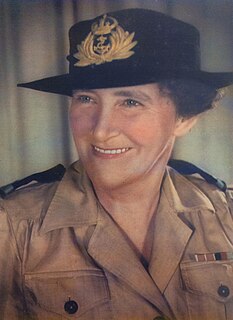 W
WRuby Boye, was an Australian coastwatcher on the island of Vanikoro in the South Pacific Area during the Second World War. She was Australia's only female coastwatcher.
 W
WLieutenant Colonel Vivian Statham, was an Australian Army nurse during the Second World War. She was the sole surviving nurse of the Bangka Island Massacre, when the Japanese killed 21 of her fellow nurses on Radji Beach, Bangka Island, in the Dutch East Indies on 16 February 1942.
 W
WWing Commander Linda Mary Corbould OAM is a retired officer of the Royal Australian Air Force (RAAF), who was the first woman to command a RAAF flying squadron. She joined the RAAF in 1981, and became one of its first female pilots in the early 1990s. Corbould flew transport aircraft, including during the Iraq War in 2003, and commanded No. 36 Squadron from 2006 to 2008. She retired from the RAAF in 2011, but remains an officer in the Air Force Reserve.
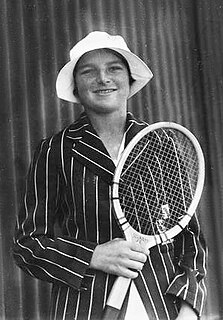 W
WThelma Dorothy Coyne Long was an Australian tennis player and one of the female players who dominated Australian tennis from the mid-1930s to the 1950s. During her career she won 19 Grand Slam tournament titles. In 2013, Long was inducted into the International Tennis Hall of Fame.
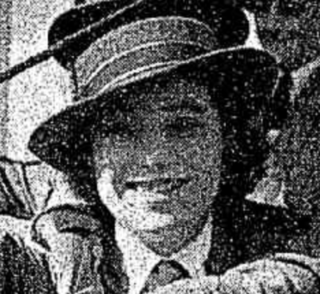 W
WEdna Nell Doig was an Australian army matron-in-chief.
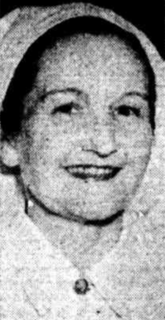 W
WJean Elsie Ferguson was an Australian Army nurse who served in World War II and later became matron of a repatriation hospital in Perth.
 W
WRosa Zelma Huppatz, known as Zelma Huppatz, was a South Australian nurse and matron who served in the Middle East and Australia during World War II and then as matron of the Royal Adelaide Hospital.
 W
WSybil Howy Irving, MBE was the founder and controller of the Australian Women's Army Service during World War II. She served in this position from 1941 to 1946 and was active in charity and social organisations until she was aged 74.
 W
WAgnes Betty Jeffrey, OAM was an Australian writer who wrote about her Second World War nursing experiences in the book White Coolies.
 W
WJacquiline Louise Lambie, known as Jacqui Lambie, is an Australian politician who is the leader and founder of the Jacqui Lambie Network (JLN). She served as a Senator for Tasmania from 2014 to 2017, and again since 2019.
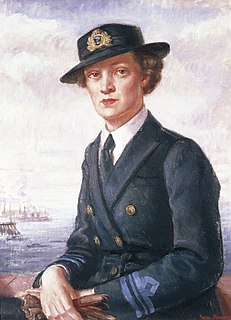 W
WSheila Mary McClemans, was an Australian servicewoman, lawyer, barrister and company director. She set up the first all female law firm in Western Australia and was the first female barrister to appear before the Supreme Court of Western Australia.
 W
WWilma Elizabeth Forster Young AM was an Australian Army nurse during the Second World War. She was evacuated from Singapore in February 1942 and was aboard the Vyner Brooke when the ship was sunk in Bangka Strait by Japanese aircraft. After surviving in the water for many hours she came ashore at Bangka Island and became a prisoner of war (POW) until 1945. Vivian Bullwinkel and Betty Jeffrey were captives together with Oram.
 W
WLinda Karen Reynolds is an Australian politician and former army officer who has been Minister for Defence in the Morrison Government since May 2019. She has been a Senator for Western Australia since 2014, representing the Liberal Party. She previously served as Assistant Minister for Home Affairs (2018–2019), Minister for Defence Industry (2019) and Minister for Emergency Management and North Queensland Recovery (2019). Prior to entering parliament she was a member of the Australian Army Reserve for nearly 30 years and was the first woman in the reserve to attain the rank of brigadier.
 W
WEllen Savage, GM was an Australian army nurse (AANS) and hospital matron from Quirindi, New South Wales.
 W
WClare Grant Stevenson, AM, MBE was the inaugural Director of the Women's Auxiliary Australian Air Force (WAAAF), from May 1941 to March 1946. As such, she was described in 2001 as "the most significant woman in the history of the Air Force". Formed as a branch of the Royal Australian Air Force (RAAF) in March 1941, the WAAAF was the first and largest uniformed women's service in Australia during World War II, numbering more than 18,000 members by late 1944 and making up over thirty per cent of RAAF ground staff.
 W
WGrace Margaret Wilson was a high-ranked nurse in the Australian Army during World War I and the first years of World War II. Wilson was born in Brisbane, and completed her initial training as a nurse in 1908. After the outbreak of World War I she joined the Australian Army Nursing Service (AANS) and subsequently transferred to the First Australian Imperial Force. From 1915 until 1919 she was the principal matron of the 3rd Australian General Hospital. She served as the temporary matron-in-chief in the AIF Headquarters, London from late 1917 until early 1918. Wilson returned to Australia in 1920 and left the AIF to work in civilian hospitals. She was appointed the matron-in-chief of the AANS in 1925, and in September 1940 joined the Second Australian Imperial Force. She served in the Middle East until August 1941, when she returned to Australia due to ill health. She left the Army the next month, but from September 1943 worked in the Department of Manpower Directorate (Victoria)'s nursing control section.
 W
WThe Women's National Emergency Legion (WNEL) was an Australian female auxiliary and training organisation of the World War II-era that was based in Brisbane. It was established in 1938 and provided volunteers with training in first aid and other skills which were seen as being relevant to Australia's war effort. Following the outbreak of the Pacific War members of the organisation were attached to the US military units in Australia as transport drivers and clerks. They also undertook mine watching and other tasks. The organisation ceased to exist in or about 1947.